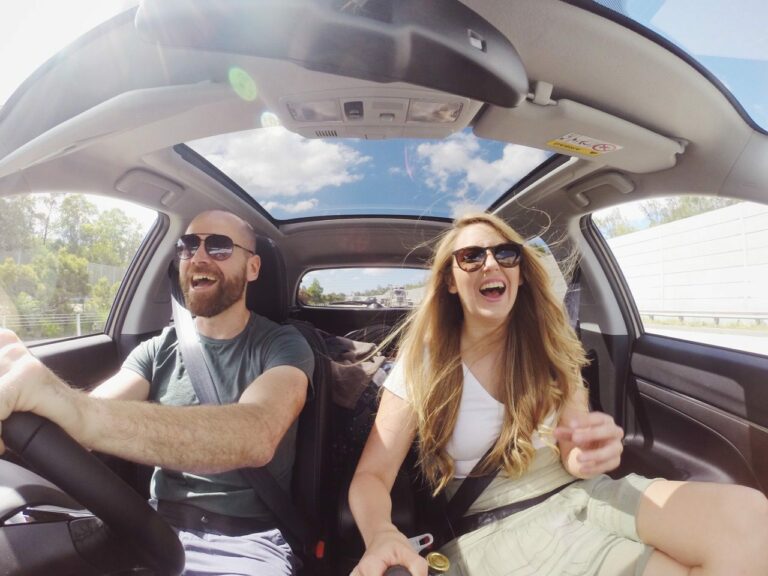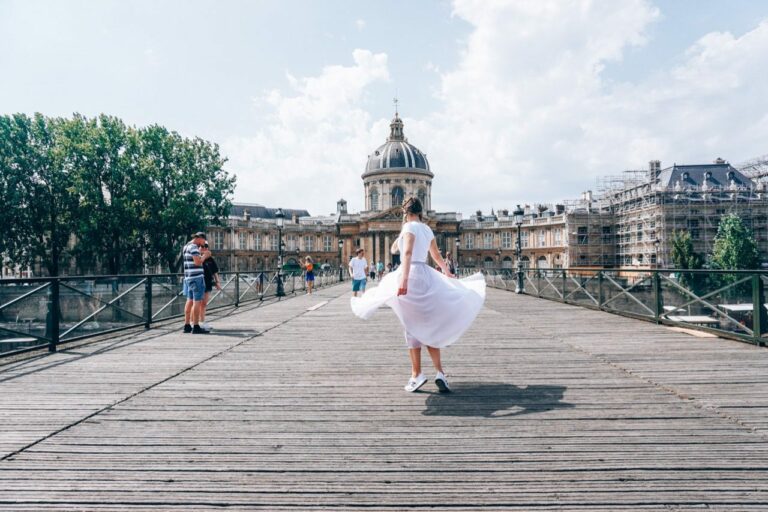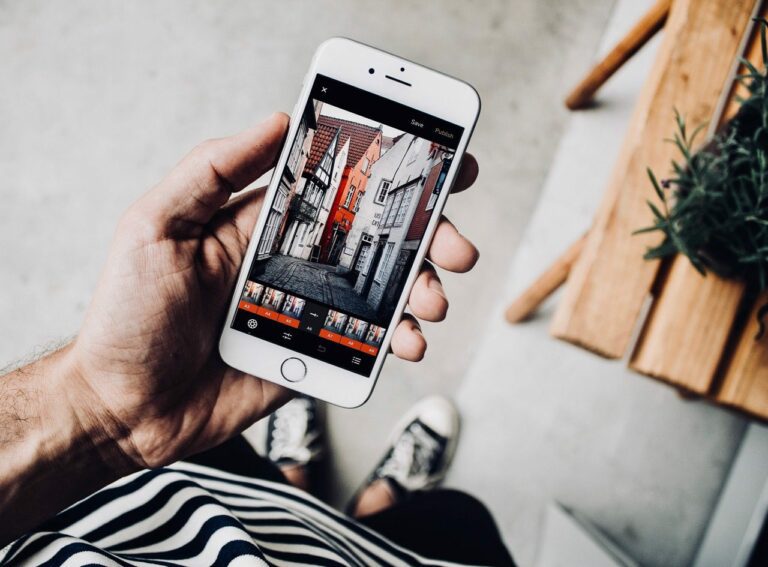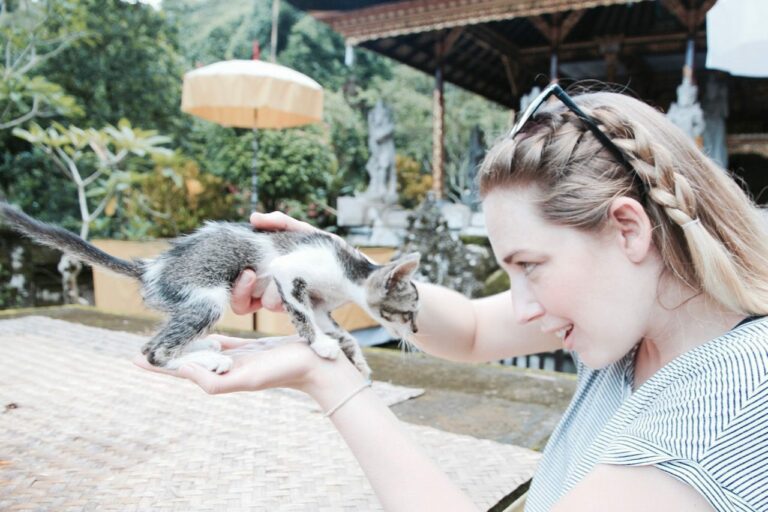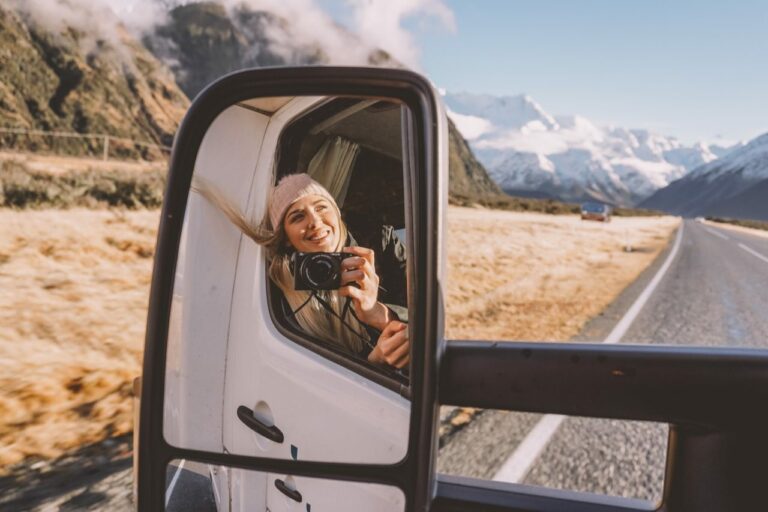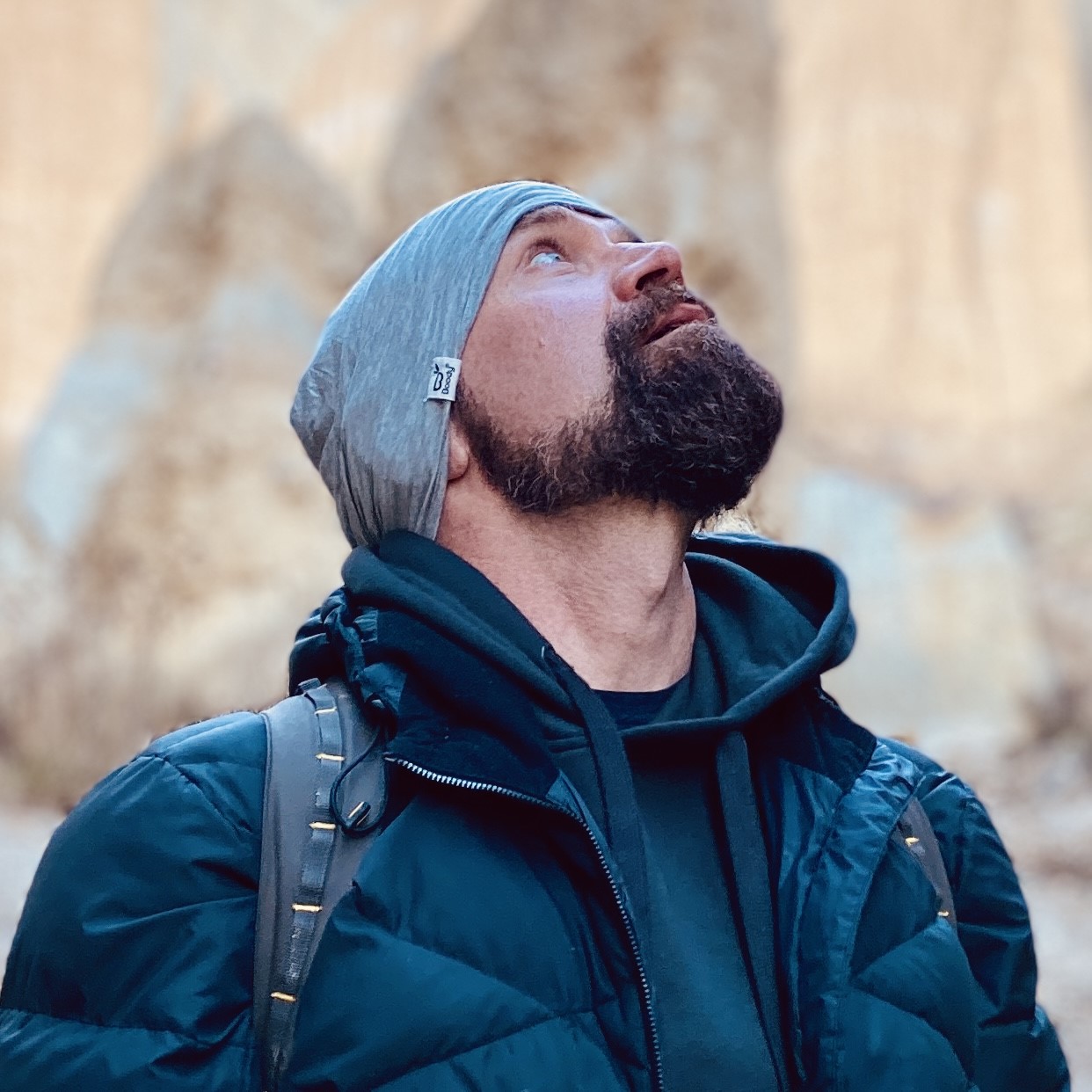If you’re new to travel blogging, working with brands or are a brand that’s new to working with travel bloggers, it can be really overwhelming. As with anything new, you’ll learn a lot as you go along and have a range of good and bad experiences, slowly refining your processes over time and learning how you do and don’t like to work together. To get you started, I wanted to share my top tips on best practices for working with travel bloggers, influencers and creators. These are things I’ve learned over time that are key to making or breaking a successful working relationship!
If you haven’t already read them, you might like to catch up on the previous four guides in the series:
- This is why brands really need to work with bloggers
- This is how to find + approach bloggers about working together
- 13 of the BEST ways brands can work with bloggers
- 7 Reasons why bloggers should be paid.
- This is HOW to successfully brief a blogger (& WHY you should)
If you’re a brand or a blogger looking for more guidance, I offer one-on-one coaching sessions for brands and bloggers. Find out more information on brand coaching sessions here and blog coaching sessions here.
1. Negotiate all deliverables upfront
Before the contract is signed, negotiate and agree upon all the deliverables. I’ve had brands ask me for more after the contract has been negotiated and signed and I find it really frustrating. So, take the time to work out exactly what you want from the creator before you start negotiations and make sure you tell them about everything. When I say negotiate, I mean it! The brand should be prepared for the creator to push back on a few things or offer alternatives, so go into it knowing what you’re prepared to be flexible on and what are deal-breakers. Once the contract is signed, it’s final and I don’t recommend asking for more as it can lead to a bad working relationship.
I often feel like the brand is trying to take advantage of me or be sneaky when they slip more things in after the contract is signed and it can cause me to put my guard up. I much prefer when a brand is totally upfront and transparent as it establishes trust and good communication from the outset. Extra deliverables being requested are especially difficult if I’ve already quoted the brand as they haven’t been included in the quote. Remember, every minute a creator spends re-issuing quotes and emailing back and forth is time spent away from other work, so it’s costing you both time and money.
2. Establish a contract
I highly recommend establishing a contract between the brand and the creator. It’s a great way to get everything on paper so both parties can read, understand and acknowledge their requirements. In establishing a contract, I always like it if the brand has some requirements in there too, like they’ll share my blog posts and mention Little Grey Box on their social platforms. To me, it feels far less intimidating and more equal than a contract that details all the ways I’ll get in trouble if I do something wrong. The contract needs to cover everything, like what the deliverables are and when they need to be handed over or completed, what the brand will be providing (i.e. airport transfers, meals, accommodation, flights etc) + anything and everything else you can think of! Be as detailed as possible.
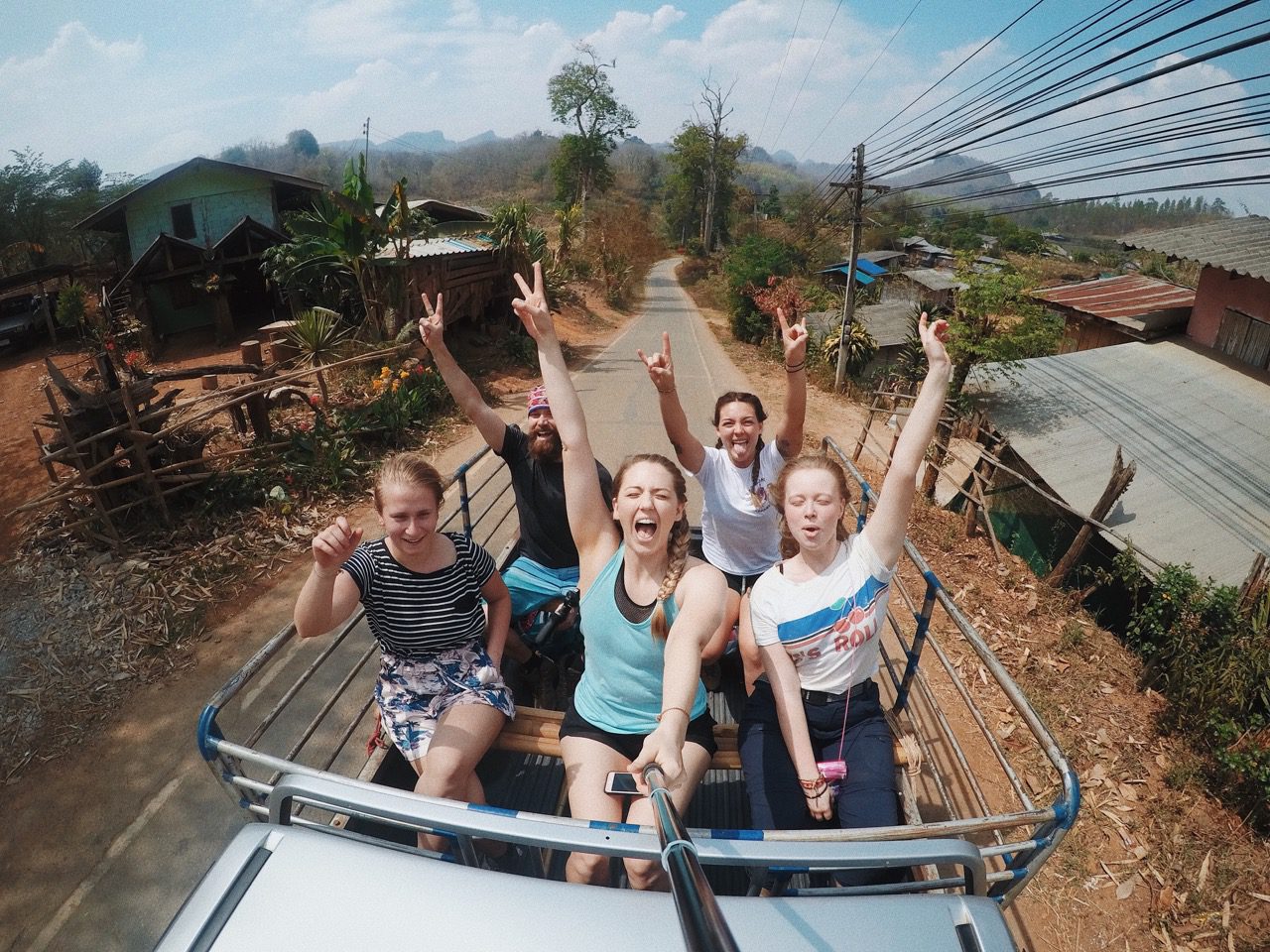
3. Pay them
As I’ve said before, I wholeheartedly believe travel bloggers, influencers and creators deserve to be paid. If a brand is engaging them, there’s a reason for it – there’s something they need from the creator and they deserve to be compensated financially for their time and work. Of course, brands of different shapes and sizes will have different budgets but, trust me, something is always better than nothing. You can either approach a creator with the deliverables you want and your budget or you can ask them to quote you. I’ve experienced both and don’t really have a preference. Whether you do or don’t have the budget for payment, let them know from the outset.
4. Actually, pay them
Without a doubt, the most frustrating part of my job is chasing up payment from brands I’ve worked with. It drives me insane and is a very easy way to torpedo a great working relationship. From my perspective, I’ve done the work, handed off my deliverables and completed everything that’s been asked of me. I submit the invoice and…. nothing… no payment for months. I follow up repeatedly, get passed from person to person or don’t hear back at all.
It’s completely unreasonable to expect the creator to do their job within a set timeframe but not pay them within a reasonable, set timeframe. Make sure they actually get paid on time and, if there are any specific requirements for the invoice (i.e. purchase order number) let them know upfront. I can’t tell you how annoying it is to have an invoice sit with a brand for weeks only to find out something is missing, it has not been processed and the 30-day payment terms haven’t even begun yet as the invoice hasn’t been deemed complete.
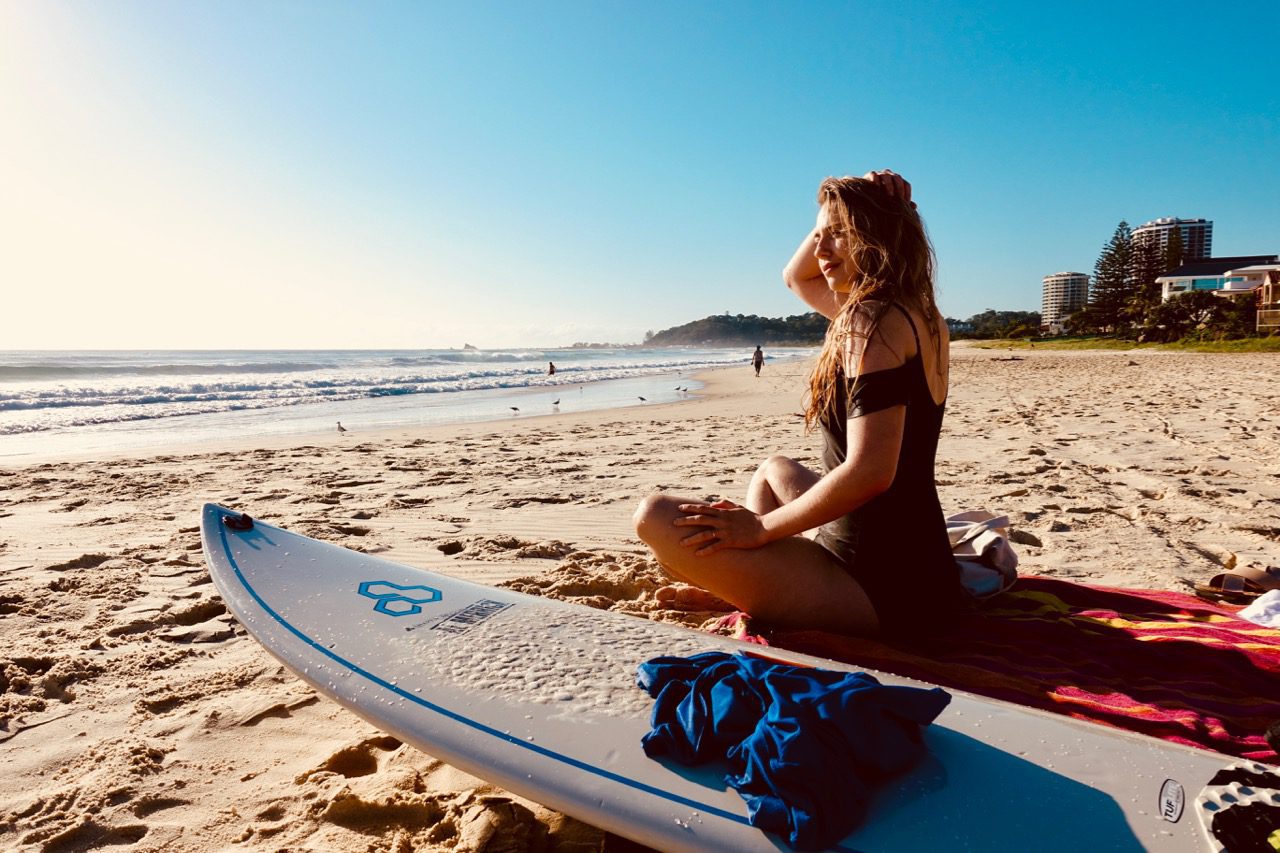
5. Brief them well
I believe a fantastic brief is an essential component of a successful working relationship between travel creatives and brands. It is the best way to impart exactly what you want from them, what you don’t want to see, examples of their previous work you love, brand guidelines, the key message for the campaign and so much more. It gives the creator something they can go back and reference and rely on for information to help them do their job to the best of their abilities. So, be sure to brief them and do it well! If you need help, you can read my post on how to successfully brief a blogger.
6. Be specific
When it comes to video campaigns, we love when a brand is specific about what they want to see. For example, a brand may want us to hand over raw footage for them to edit into a video for their platforms. In these instances, it’s great when they tell us the types of shots they want to see in the footage we hand over. If we don’t get that guidance we still do the best job we can but we always feel a bit nervous that what we’re handing over may not be what they had in mind. Give your creator confidence through clear, specific instructions.

7. Give them what they need to do their job well
I’ve had experiences where brands have asked me to work for them and had great ideas of what they wanted but not quite thought through, from my perspective, how I will actually make those ideas a reality. A fun marketing idea is great but that doesn’t necessarily make it actionable for a creator. It’s important to take the time to think through how the creator will operate while they’re working for the brand then anticipate everything they need to make that happen and if those ideas are even possible for them to action.
If you want them to post on social media regularly while in another country, you’re going to need to arrange a sim card for them so they can do that for you while they’re out capturing the content you’re after. If you want them to include a hotel restaurant or specific activities (i.e. day spa, ATV rides etc) you need to arrange those activities for them free of charge so they can experience, capture and share them for you. Give them amazing opportunities to photograph, film and share by arranging a dreamy morning or afternoon tea in an idyllic location, drinks on the rooftop at sunset or a beachfront dinner. The more photo and video-worthy opportunities you present, the better variety of content you’re going to get from them.
8. Trust their creativity
If a brand has invited a creator to work for them, that must mean they like what they do, right? So, be sure to allow the creator working for you to do what they do best and trust their creativity. Ask for their input on the campaign and see if they have amazing, unique ideas to get your key message across to their audience. They may very well come up with something the brand hasn’t thought of because they’re seeing your product from a unique perspective – as a professional and a consumer.

9. Be very clear on what you want them to do
If you want a creator to post a photo on Instagram, for example, and include specific @ tags and hashtags, you need to let them know. You should also provide all of this information in the brief for them and remind them of it too. I find it’s helpful to copy and paste my @ and hashtags in a note on my phone, so when I need to use them I know they’re spelt correctly and I don’t forget any of them. You can suggest this idea to the creator too if you like. Just remember, creators aren’t mind-readers so whatever super specific things you want them to do or capture, you need to tell them and give them everything they need to do it for you.
I will also say this – it can be hard when a brand gives us a lot of hashtags and @ tags because it can look a bit messy, forced and overly advertorial. I would recommend keeping it to a maximum of one or two @ and hashtags. It’ll be more natural to their audience and, really, hashtags aren’t what matters – it’s getting them in front of their usual audience that matters.
10. Give them time to do their own thing
When we’re working on the road for a brand our time is usually planned for us. The brand puts together an itinerary and we stick to it. An itinerary is great but it limits our creativity and deliverables to just the places and experiences that have been organised for us. I recommend building free time into the itinerary as it gives them a chance to follow their instincts and be independently creative. Often, the best shots are the ones we sniff out on our own because we’re thinking about things from a videography, photography and traveller’s perspective, not a brand’s perspective.

11. Consider the best time to shoot
I often find when brands are putting together an itinerary for us, they tend to take us to really beautiful places during the middle of the day and have us eat dinner or breakfast during the best times to photograph (golden hour or sunrise and sunset). I highly recommend factoring in the best time of day to shoot into the creator’s itinerary. Try to get them to the most beautiful, scenic spots during these times and schedule indoor activities for the middle of the day. This will give them the very best chance possible to take the very best photographs and videos possible!
12. Let people know they’re coming
One thing I find a bit awkward is when I’ve arranged with a brand to do some work for them then I show up with a million cameras hanging off me and the ground staff have no idea why I’m there or why I’m being so weird, photographing a coffee like it’s the Mona Lisa. I love when a brand has someone there with me to facilitate everything as it makes it significantly less awkward and I’m able to spend more time working and less time explaining WTF I’m doing. If that’s not possible, you might like to brief all your ground staff and let them know the creator is coming, what they’re doing and what to expect. Be sure to remind them the day before and/or the day of too. It’ll make things much easier and you’ll get better work out of the creator, trust me!
I would also recommend you think through payment too. I’ve often shown up to places like cafes and restaurants where the brand has told me they’ve contacted them ahead and made payment arrangements so I don’t need to pay for anything on the day. Then, when I arrive, the poor person working there has no clue what I’m talking about and it’s awkward all around. I lose time explaining it to them, reaching out to my contact at the brand to get it sorted and then, usually, have to pay for it and be reimbursed later. So, try to find ways to ensure things like this don’t happen as they really do detract from the amount of actual work time the creator will have.

13. Understand deliverables take time
Quite often brands ask me to post photographs on social media during the campaign. They may request something like, ‘post 2 x photos per day on Instagram for the duration of the 10-day trip (total 20 posts).’ It’s important to factor a few things in and be flexible with them because, realistically, I may not have a single photo to post until 3 or 4 days into the trip and even then, I need a variety of images as I can’t just post the same thing day after day.
It takes time to capture the photographs then download and edit them and prepare them to post. This takes even more time when you’re following a jam-packed itinerary where you only get time to download and edit late at night. Also, if I usually post on Instagram once a day my audience may find it weird if I suddenly start posting twice a day and, the way the Instagram algorithm works now, more posts don’t equal more exposure. Let the creator know you understand and are flexible on this, just as long as they get the total 20 photos posted as agreed in the contract.
14. Speak to them openly and clearly
For brands who are new to working with travel bloggers, influencers and creators, don’t be nervous about asking for what you want. I often find brands who are new to the influencer marketing world feel a little sheepish asking me questions, telling me what they want or being upfront. Don’t be! Trust me, I’ve heard it all before and there’s nothing you can ask or request that I haven’t heard at least once before. So, don’t be shy, let me know openly, clearly and directly exactly what you want me to do.
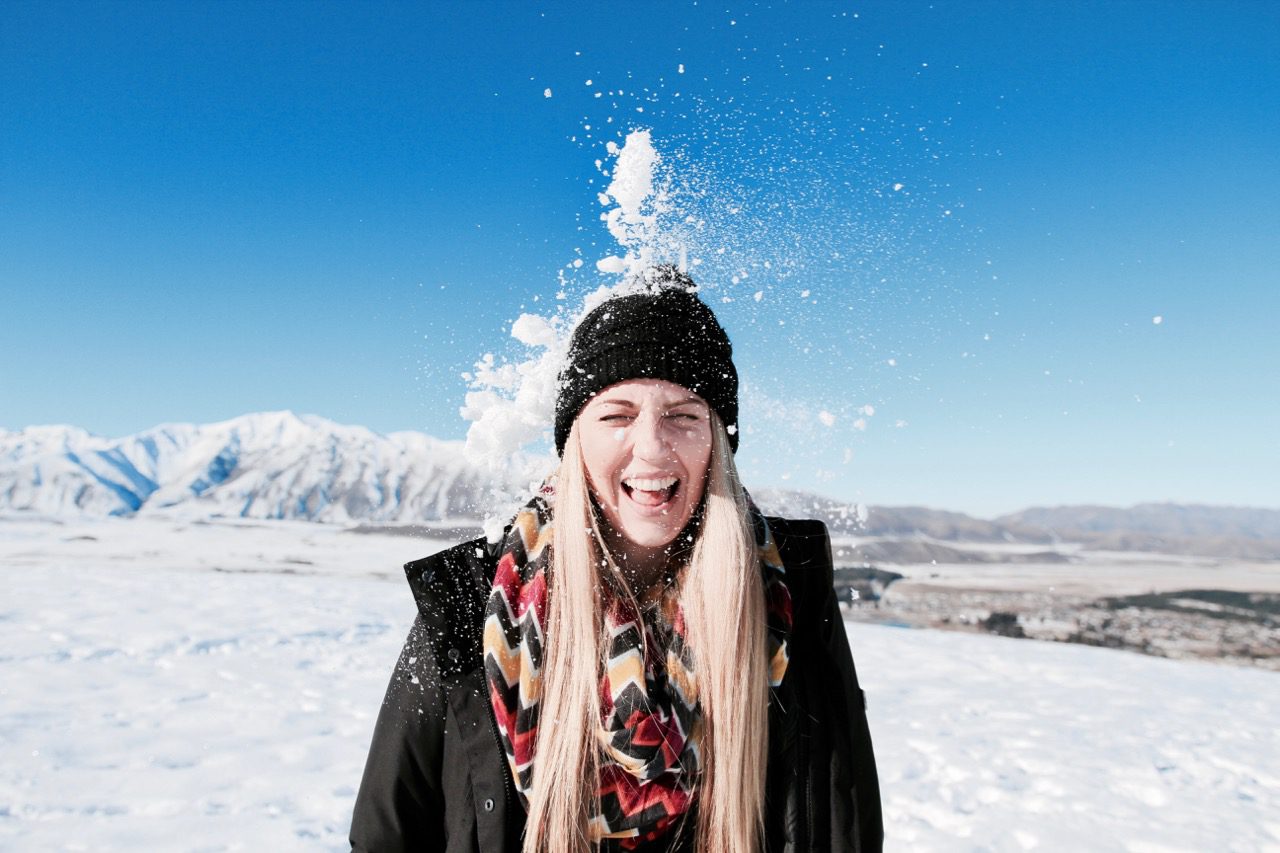
15. Commissioning content doesn’t equal ownership
When a brand engages us to create content, what we create is for our platforms and we retain ownership of it. This includes written, photographic and video content. If a brand wishes to own the content we create and use it for marketing purposes, it needs to be purchased from us under a licensing agreement or pre-negotiated before the contract is signed. So, before a brand downloads a video and natively uploads it to their own platforms, they need to reach out to the creator first and ask for permission, at the very least. Engaging someone to create the content covers you for just that – the creation and sharing of the content on their platforms, it does not give the brand ownership of the content or the freedom for it to be used in marketing or social media posts.
16. Credit where credit is due
If the brand is going to share the creator’s photographs on social media, for example, it’s imperative they are credited properly. This means the creator must be tagged in the image and image credit must be given in the caption of the post. The image credit must be clearly visible (not hidden below loads of hashtags and spaces) and their handle must be spelt correctly. This is important to us because if the image is reposted by another, large account we may not get the recognition we deserve and potentially miss out on work opportunities from brands who see it and admire our photography style.

17. Give and expect professionalism and respect
One of the reason’s I’m so intense about all of this stuff and love to get contracts, briefs and specifics from brands is because I take my job seriously. When a brand does all these things I know they’re serious too which elevates my game and ensures they get the very best out of me. Every brand should give creators respect and should expect the same level of respect and professionalism in return. I don’t believe any of us, as creators are entitled to anything. If we want to book jobs and build our own brands we need to work hard for the brands that engage our services and establish a reliable, professional reputation. If a creator isn’t giving you the level of respect and professionalism you deserve in the early stages of negotiations, cut them loose! Trust your instincts because the last thing you want to do is invest your time, and money and entrust your brand’s message to someone who simply doesn’t care or doesn’t take it seriously.
Best travel resources for your trip!
If you found this post useful, please use the affiliate links below. I’ll make a small commission at no extra cost to you. Rest assured, these are the products and services I love and use. Read the disclaimer for more information. Thanks for your support! – Matt.
Agoda – hotels
Booking.com – hotels
Cover-More – insurance
DiDi – rideshare
Motorhome Republic – RVs
Discover Cars – rentals
Simify – SIM cards
Skyscanner – flights
Surfshark – VPN
TourRadar – tours
Welcome Pickups – transfers

